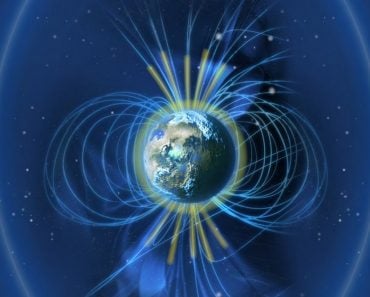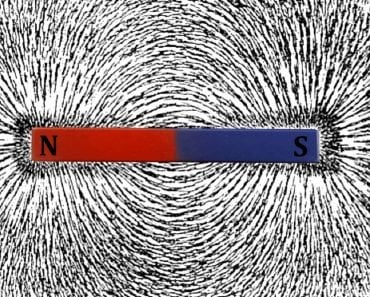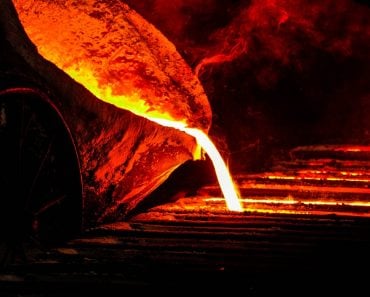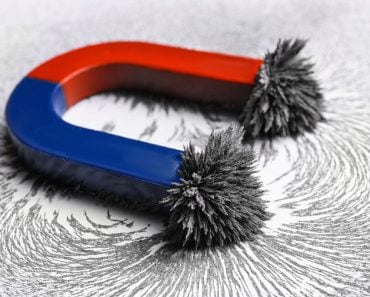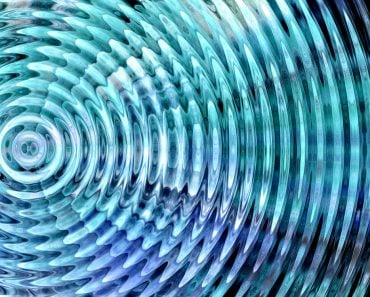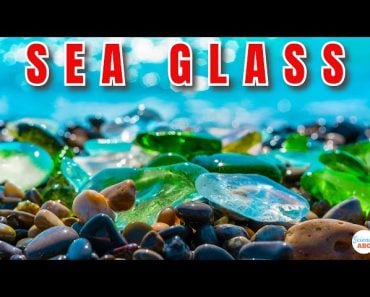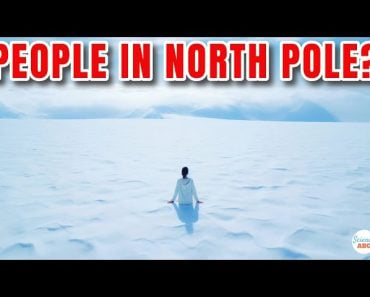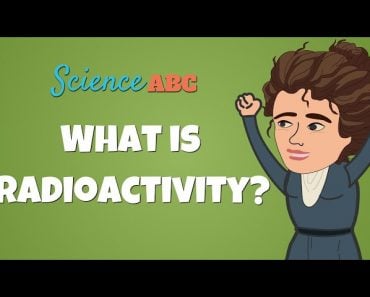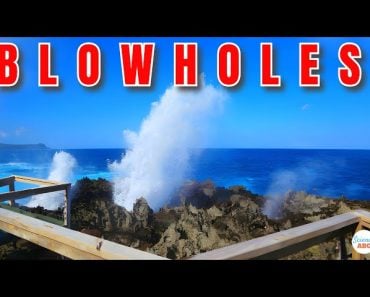For natural magnets to be formed, magnetite (ore of iron) must have traces of maghemite. These natural magnets are not as strong as artificial magnets, which are made with desired strengths and shapes.
I am sure you played with magnets growing up, or maybe you still do! Those are generally magnets that are manufactured in a factory or a workshop, but do you know that magnets occur naturally too?
Recommended Video for you:
What Are Natural Magnets?
Minerals or metals that create a stable magnetic field on their own are called natural magnets. Artificial magnets, which people make, are not the same thing. Magnets that come from nature are permanent, but magnets made by humans can be either permanent or temporary.
Sand deposits in many locations worldwide have been found to include magnets made of the sand itself. The most powerful of all naturally occurring magnets are lodestone, also known as magnetite. This dark-colored mineral takes on a gleaming appearance after it has been polished.
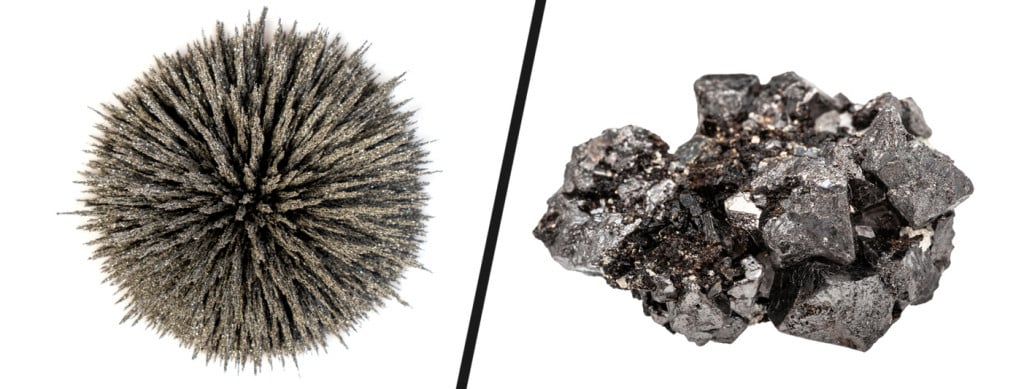
Lodestone was the component that was utilized when compasses were first created. If you give a lodestone the freedom to spin in any direction it chooses, its magnetic north pole will always align with the geographic north pole of the Earth.
Today we will learn more about the formation of natural magnets through lodestone, one of the most efficient natural magnets.
What Are Lodestones?
A piece of lodestone is a magnetite rock that has developed magnetic properties. The term “lodestone” originates from the Middle English word “lode,” which can be translated as either “way” or “journey.” A “lodestone” is a stone that indicates the path to take.

One of the earliest and most historically common uses for lodestone was as a natural magnetic compass.
Lodestones are primarily formed from magnetite. Magnetite is a brownish-black mineral that contains iron and has its own unique magnetic properties. It is possible to magnetize it very powerfully. Magnetite has the chemical formula Fe3O4; we know that each molecule of magnetite is made of three atoms of iron (Fe) and four atoms of oxygen (O). Magnetite contains a high concentration of oxidized iron, which, like iron in general, makes it possible for electrons to move freely through the mineral.
Because of this, magnetite is a very powerful magnet; in fact, some animals, such as pigeons, have materials containing iron in their bodies so that they can detect the magnetic field of the Earth more accurately.
How Are Lodestones (Natural Magnets) Formed?
Before magnetite may serve as a lodestone, the mineral must first be magnetized. Magnetite is not magnetic when first formed, and most magnetite cannot even be magnetized. For magnetite to exhibit magnetic properties, it needs to have a particular crystal structure and a distinct chemical composition.
Magnetite makes up most lodestone, but contains trace amounts of maghemite and other metal ions, in addition to the magnetite. Maghemite is a form of magnetite that has been oxidized. The crystal structure of magnetite does not have a homogeneous composition, due to impurities and inclusions. Once the mineral has been magnetized, it will have difficulty demagnetizing due to its natural properties.
At first, it was believed that the Earth’s magnetic field was responsible for turning bits of magnetite into lodestone by causing them to become magnetized.
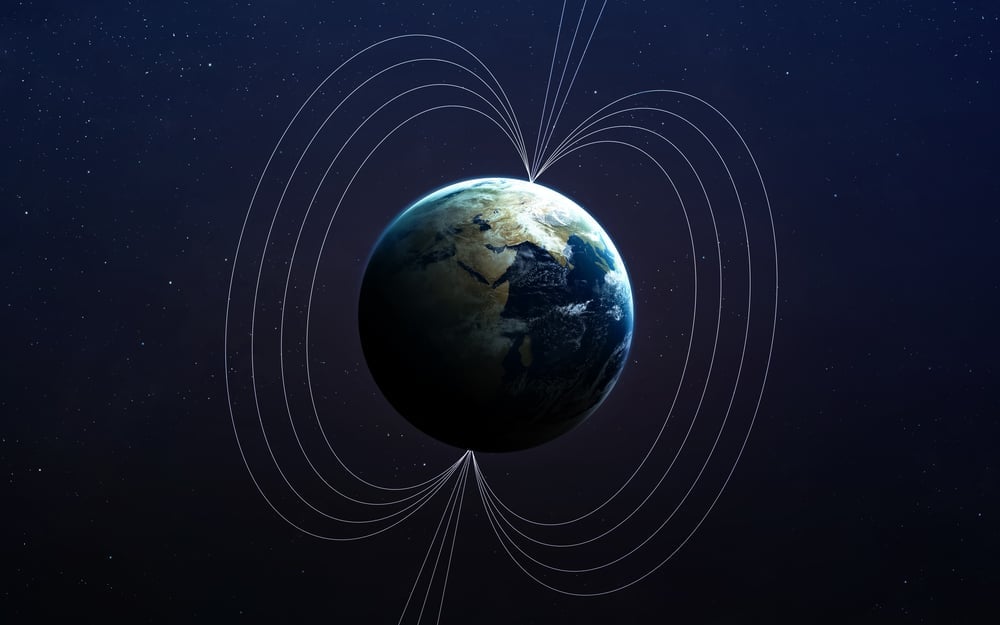
However, it has been discovered that the Earth’s magnetic field is not powerful enough to cause this kind of transformation in the mineral. Since that realization, many individuals have focused on lightning strikes being responsible for transforming the magnetite present in lodestones into a magnetic state.
When lightning strikes the Earth, it creates an electromagnetic field that is extremely powerful for a minimal period of time. It is believed that magnetite can turn into a lodestone as a result of such an extremely powerful magnetic field. Lightning strikes are the most likely source of the magnetic field required to transform magnetite into lodestone. This is because lodestones are typically found close to the surface of the Earth, rather than deep beneath it. This is how natural magnets or lodestones are formed.
Are Natural Magnets Stronger Than Artificial Magnets?
Magnets found in nature tend to have an asymmetrical appearance, and their magnetic strength is far lower than that of magnets produced in a laboratory. On the other hand, artificial magnets can be created to have any strength, and they can be magnetized and demagnetized with relative ease to accommodate a wide range of applications. Natural magnets cannot be manufactured to have any specified strength. Magnets made by man are superior to magnets made by nature for a number of reasons, and this is a major one.
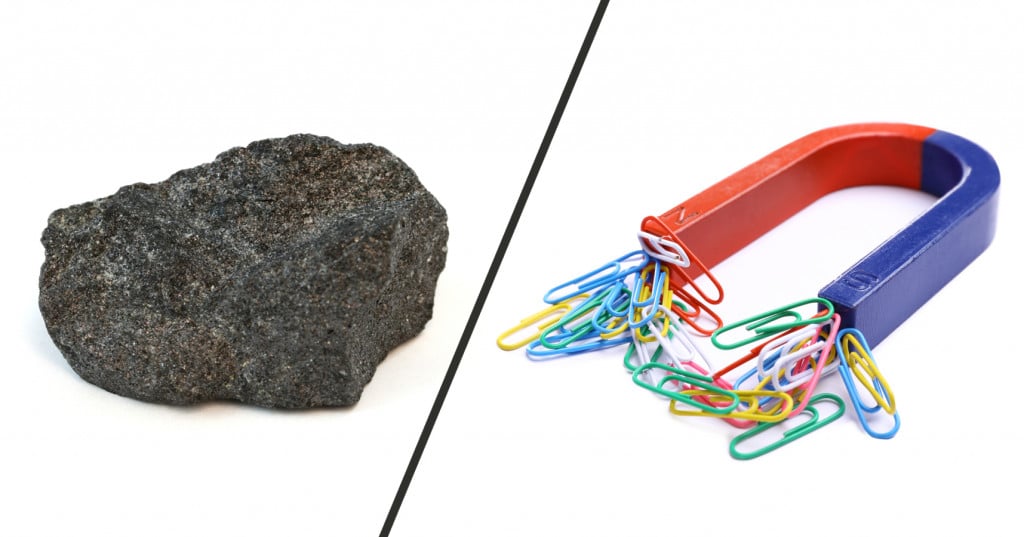
One other reason why artificial magnets are stronger than natural magnets is that artificial magnets can be made in any size, whereas natural magnets cannot be broken down or combined to make them into different sizes.
So, next time you go trekking, and your locket gets stuck to a nearby rock, you’ll know what it is—and how it was likely formed!

